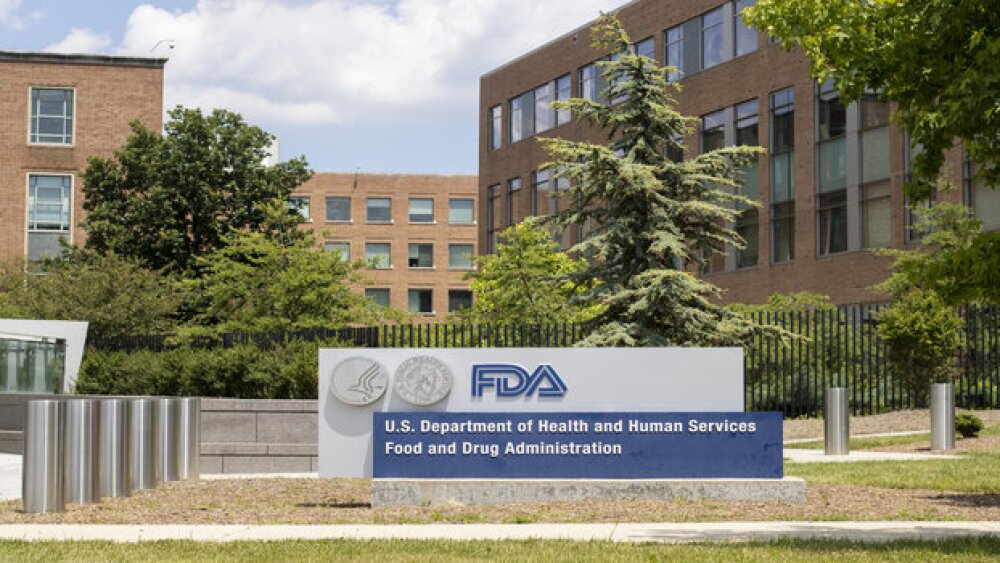Canada’s health agency says it has been “taking all necessary action safeguard the drug supply and ensure Canadians have access to the prescription drugs they need.”
The FDA on Wednesday rolled out the next phase of President Donald Trump’s drug pricing agenda, this one providing guidance for states to begin importing drugs from Canada. But that’s only if Canada will allow it.
The new guidance is a response to Trump’s executive order last week that directed U.S. health agencies to lower drug prices through available government levers. The president and his health chiefs have insisted that pharma companies come to the table or face consequences.
One of the levers Trump hopes to pull if companies do not meet the pricing targets set out by the Department of Health and Human Services is allowing more states to attempt to import drugs from other countries, such as Canada, where they are cheaper.
Last year, the FDA approved a plan by Florida to do just that. But to date, Canada’s health agency says it has been “taking all necessary action safeguard the drug supply and ensure Canadians have access to the prescription drugs they need.” It’s unclear if any drugs have moved across the border.
During Trump’s first term, the FDA rolled out a rule allowing the importation of drugs from Canada in an effort to lower drug prices. This cleared the way for Florida to submit its plan.
Now, the FDA wants to make it easier for other states to follow suit. In the draft guidance, the agency welcomes states and tribes to submit a draft plan under its section 804 importation program, which is what Florida used. The states will be connected with the FDA to develop a “robust” proposal.
Health Canada, however, has been reminding drugmakers of their obligations under the country’s Food and Drug Regulations, according to a statement provided to BioSpace. The act “prohibits the distribution of certain drugs intended for the Canadian market outside of Canada, if that sale would cause or worsen a drug shortage in Canada.” This would apply to fabricators, wholesalers and distributors of prescription drugs.
“Health Canada will not hesitate to take immediate action to address non-compliance, ranging from requesting a plan for corrective measures, issuing a public advisory or other forms of communication, to taking action on the licenses of regulated parties who contravene the export prohibition, if warranted,” the agency said in the statement.
Earlier this week, HHS issued a few more details on the price targets that pharmas will be asked to meet. In a short release, the agency said drugmakers should target the lowest price in Organization for Economic Cooperation and Development nations—which includes Canada and Europe—with a GDP at least 60% that of the U.S. The directive also clarified that branded drugs will be the focus of the near term efforts.






